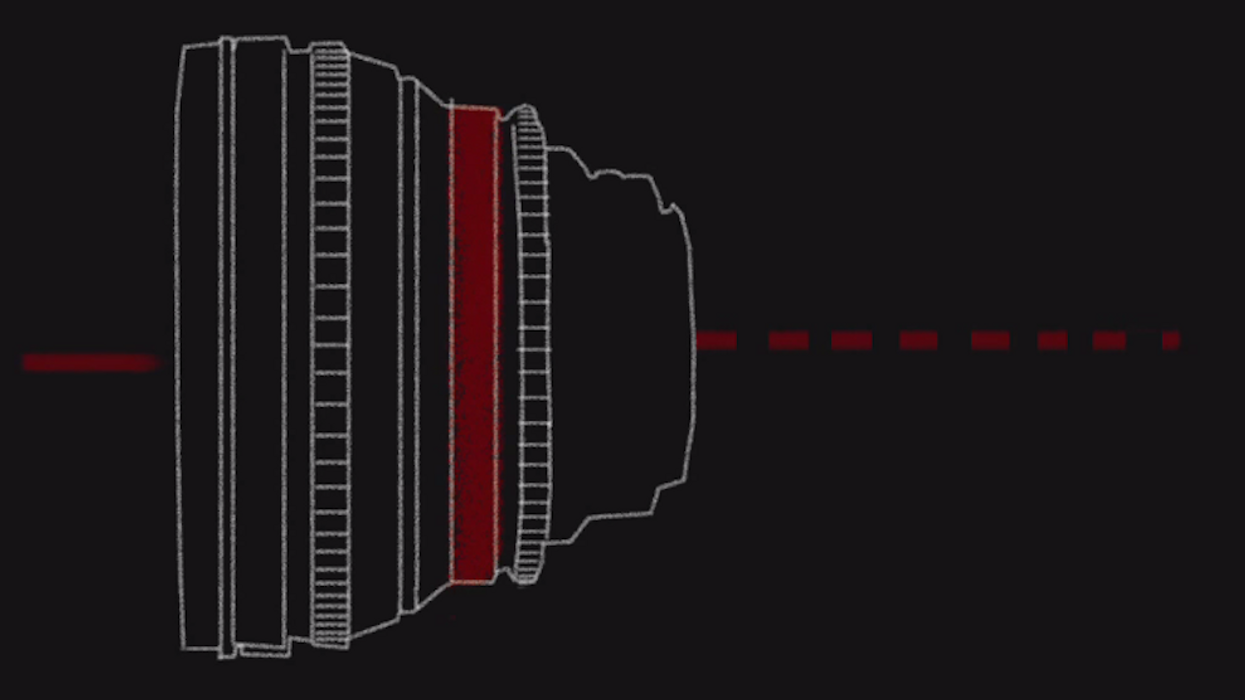Learn Almost Everything You Need to Know About Depth of Field Through These Great Optics Demos
Depth of field -- how well do we really understand the "distance between the nearest and farthest objects in a scene that appear acceptably sharp in an image?"

The answer to that question is usually "not a whole lot," but Filmmaker IQ's John P. Hess released the latest installment in his lens series yesterday, which helps shed some light on what depth of field is and how it works, even going further by 1.) clarifying concepts like the circle of confusion, lens equivalency, and sensors, and 2.) conducting his very own optics demonstrations so you can really get an idea of how different lens settings affect an image. Enjoy!
One aspect of the video that I found particularly helpful was the fact that Hess got really hands on -- kind of literally -- by showing us some optics demos and experiments, because for us visual learners, reading a textbook, article, or whatever, doesn't really help all that much to learn complicated concepts. Even just watching him measure the depth of field armed with but a lightbulb, magnifying glass, white background, and a ruler just makes everything seem grade school easy. (Maybe that's because it looks like a demo you'd see in grade school? I don't know -- but it was still awesome!)
Hess covers a ton of information in the almost 18-minute video, namely the many misconceptions about depth of field, depth of focus, and how all of it works. So, be sure to take notes as you watch. And if you missed the previous two videos from Hess' lens series, you can get caught up by checking out our previous post here.
Source: Filmmaker IQ











